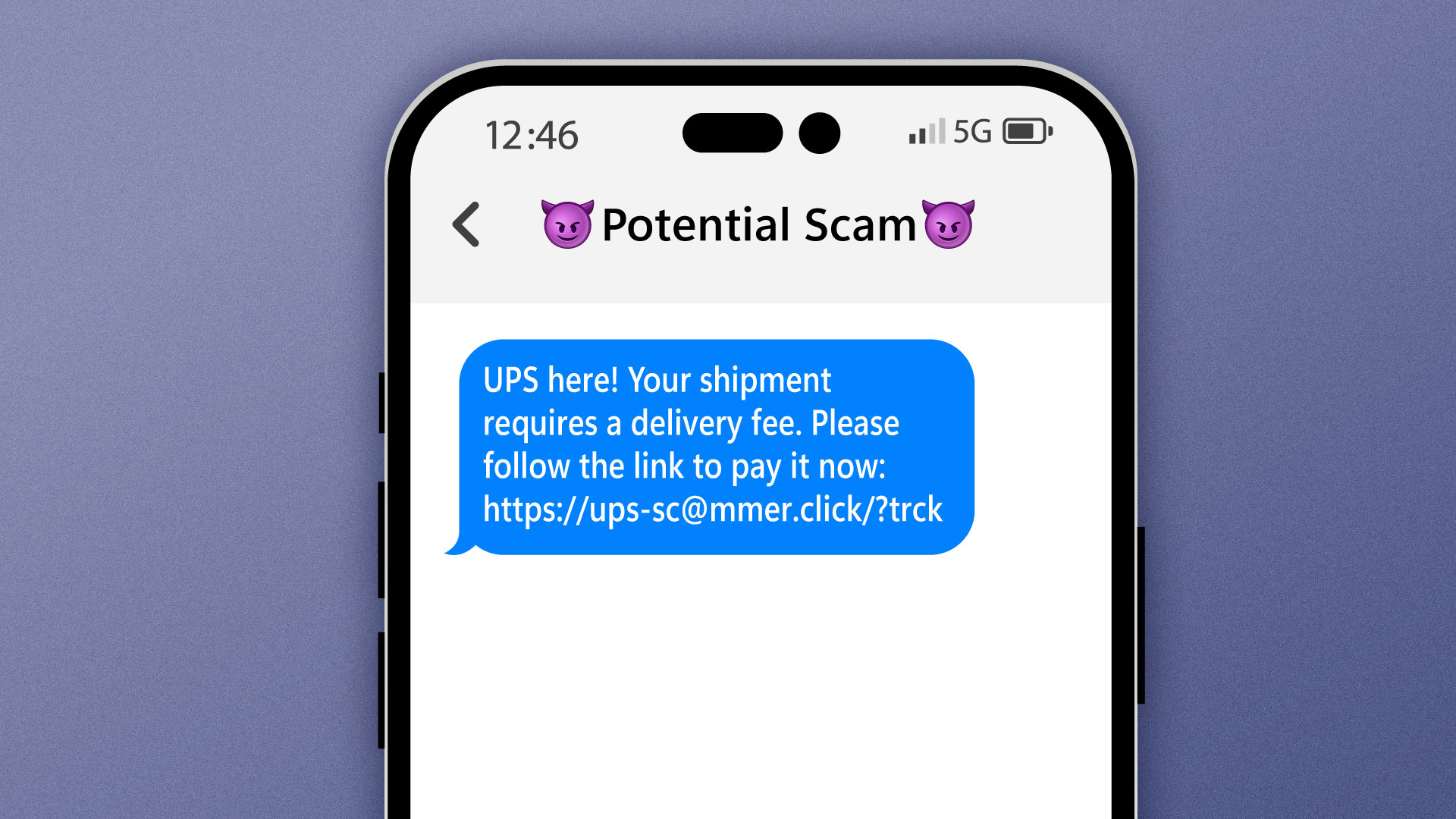
What is Text Message Fraud?
Text message fraud refers to the use of text messaging to scam or defraud members. This can include phishing scams in which fraudsters send text messages posing as legitimate organizations in order to trick members into providing personal information or sending money. It can also include text message spam, in which members receive unwanted or unsolicited text messages, often advertising scams or other frauds.
Some examples of text message fraud include:
- Smishing scams: similar to phishing, but through SMS. Fraudsters send text messages that appear to be from a trustworthy source, such as a Charter Oak, and ask the members to click on a link or call a phone number to provide personal information.
- Premium rate fraud: fraudsters send text messages that encourage members to call a premium rate number or sign up for a subscription service, resulting in unauthorized charges on the members phone bill.
- Charity scams: fraudsters send text messages claiming to be collecting donations for a charitable cause, but the money goes to the fraudster instead of the intended charity.
These are some of the examples of text message fraud, it’s important to be skeptical of unsolicited text messages and not to click on any links or provide personal information without verifying the identity of the sender.
What can I do to prevent being a victim of text messaging fraud?
Here are some steps you can take to prevent being a victim of text messaging fraud:
- Be skeptical of unsolicited text messages: be cautious of text messages that are unsolicited, even if they appear to be from a legitimate source.
- Do not click on links in text messages: do not click on any links or call any phone numbers provided in text messages, as they may be malicious or lead to phishing websites.
- Do not provide personal information: do not provide personal information, such as login credentials, financial information, or Social Security number, in response to a text message. Legitimate organizations will not ask for sensitive information via text message.
- Use a passcode or fingerprint to lock your phone: this will prevent unauthorized access to your phone and protect your personal information in case your phone is lost or stolen.
- Keep your phone’s software up-to-date: make sure your phone’s operating system and apps are updated to the latest version, as updates often include security patches.
- Be aware of common SMS scams: be aware of common SMS scams, such as phishing and smishing attempts, so you can better recognize them in the future.
- Use a reputable SMS filtering software: use a reputable SMS filtering software to detect and block fraudulent text messages.
- Monitor your accounts: keep an eye on your bank and credit card statements to see if there are any unauthorized transactions.
By being vigilant and taking the appropriate steps to protect your personal information, you can reduce the risk of falling victim to text messaging fraud.
How does Charter Oak work to prevent text message fraud?
We use various methods to prevent SMS messaging scams, including:
- Authenticating customers: we use a variety of methods to authenticate customers over the phone, such as asking for personal information or security questions.
- Educating members: we work to provide educational materials and training to members to help them recognize and avoid phone scams.
- Providing member support: we have a dedicated customer support team that handles calls and emails from members who suspect they may have been the victim of a phone scam.
- Working with law enforcement agencies: we often work closely with law enforcement agencies to investigate phone scams and bring scammers to justice.
These are some of the ways that Charter Oak helps members to prevent SMS messaging scams, it’s important to be vigilant and to report any suspicious text messages to the bank immediately.
What should I do if I suspect a text message scam?
If you suspect a text message scam, here are some steps you can take:
- Do not respond to the text message: do not click on any links or call any phone numbers provided in the text message. Responding to the text message may confirm to the fraudster that your number is active, and they may continue to contact you.
- Do not provide personal information: do not provide any personal information, such as login credentials, financial information, or Social Security number, in response to a text message.
- Report the text message: report the text message to Charter Oak or other financial institution if the message appears to be from them or related to your account. You can also report the text message to your mobile phone carrier, and to the Federal Trade Commission (FTC) in the United States or to the appropriate Consumer protection agency in your country.
- Block the sender: block the phone number or email address that sent the text message. This will prevent them from being able to contact you again.
- Tell your contacts: if you suspect that your contacts also may have received a similar text message, inform them about the scam.
- Monitor your accounts: keep an eye on your bank and credit card statements to see if there are any unauthorized transactions.
- Be vigilant: be aware of common SMS scams, such as phishing and smishing attempts, so you can better recognize them in the future.
It’s important to remember that fraudsters can be very sophisticated and convincing, so it’s always best to be cautious when receiving unsolicited text messages and not to provide any personal information without verifying the identity of the sender.


